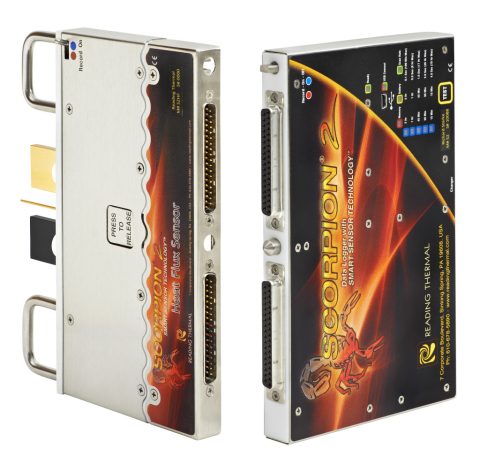In the commercial baking industry, consumer trust is everything. One mistake can damage your reputation, and nothing threatens trust more than unsafe products. That’s where kill step validation comes into play. By ensuring your baking processes eliminate harmful pathogens, you protect both your customers and your brand. Technology from Reading Thermal can make your kill step validation for commercial bakery ovens more efficient than ever.
What Is Kill Step Validation?
Kill step validation is the process of proving that your baking methods effectively eliminate harmful microorganisms, such as Salmonella and E. coli. This isn’t just a best practice; it’s a legal requirement in the United States under the Food Safety Modernization Act (FSMA). By validating your kill step, you’re demonstrating to regulators and customers that your products meet the highest safety standards.
The “kill step” refers to the critical point during baking when heat destroys pathogens. Validating this step involves collecting data that confirms your process consistently achieves the required temperature and time thresholds. This evidence ensures that every batch you produce is safe for consumption.
Why It Matters to Consumers
When customers pick up a loaf of bread, a bag of cookies, or any baked good, they’re placing their trust in your brand. They’re not thinking about heat thresholds or FSMA compliance – they simply assume the product is safe to eat. Kill step validation ensures that their trust is well-founded.
A validated kill step process gives consumers peace of mind. It shows you’re not just meeting the minimum safety standards but exceeding them. This transparency builds loyalty in an industry where trust can make or break your business. When customers feel confident in your brand, they’re more likely to choose your products over competitors’.
How It Impacts Your Bottom Line
Kill step validation does more than protect your customers – it also protects your business. One of the most significant benefits is the reduction in risk of product recalls. Recalls can be costly, both financially and in terms of brand damage. Validating your kill step ensures every product that leaves your facility meets safety standards, minimizing the chance of contamination.
In addition, kill step validation streamlines inspections. With clear validation records, you make it easier for regulators to verify compliance, saving time and avoiding potential penalties. This efficiency translates into lower operational costs and smoother audits.
Safety also improves customer satisfaction. Fewer complaints about product quality or safety issues mean a better reputation and stronger word-of-mouth recommendations. In a competitive market, these benefits can significantly impact your bottom line.
Meeting the Challenge
Implementing kill step validation requires teamwork between your quality assurance and production staff. It’s not a one-and-done effort but an ongoing process that adapts to changes in equipment, recipes, and production volumes. The key to successful validation lies in investing in the right tools.
Thermal profilers and data loggers are essential for capturing accurate data. These tools help you monitor and verify that your baking process meets the required safety conditions. Regularly reviewing this data ensures your kill step remains effective, even as your operation evolves.
By making kill step validation a priority, you establish a culture of safety and accountability within your bakery. This commitment not only protects your customers but also strengthens your team’s dedication to quality.
Learn more about how Reading Thermal can help with kill step validation for commercial bakery ovens by calling 610-678-5890 or contacting us online.

